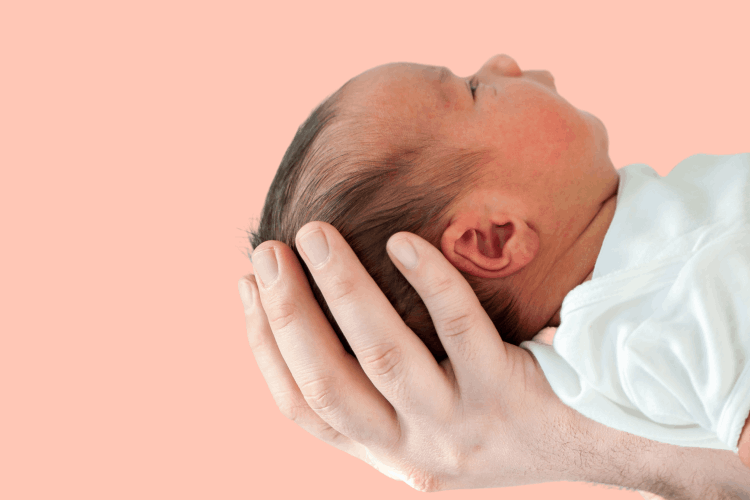Delivery by Vacuum Extraction: What You Need to Know
Delivery by vacuum extraction, also known as vacuum-assisted vaginal delivery, is a medical procedure used to assist in the safe delivery of a baby.
It is typically employed when the mother has difficulty pushing the baby out or when there are concerns about the baby's well-being during the pushing stage.
Indications for Vacuum Extraction 🏥⚠️
Vacuum extraction may be recommended in various situations, including:
It's important to remember that the decision to proceed with vacuum extraction will be based on careful assessment by your healthcare provider and considerations of the specific circumstances of your labor.
The Vacuum Extraction Procedure 💡👩⚕️
During vacuum-assisted vaginal delivery, the healthcare provider uses a vacuum device, which consists of a cup attached to a vacuum pump, to aid in the baby's delivery. Here's an overview of the procedure:
Throughout the procedure, your healthcare provider will closely monitor the progress and ensure the safety and well-being of both you and your baby.
Benefits and Potential Risks ⚖️🌟
Delivery by vacuum extraction can offer several benefits in appropriate situations, including:
However, it's important to be aware of potential risks and complications associated with vacuum extraction, such as:
Your healthcare provider will carefully assess the risks and benefits specific to your situation and ensure that the procedure is performed with utmost care and consideration for your and your baby's well-being.

